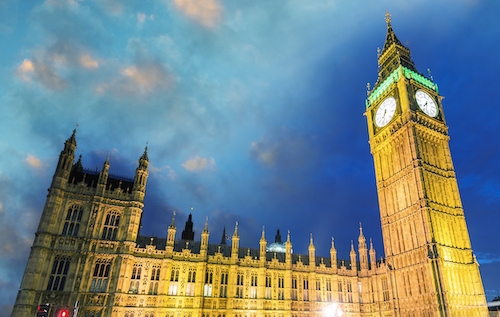
Government holds AE earnings trigger at £10,000

The Government has kept the earnings trigger for auto enrolment at £10,000 for 2022/3.
The trigger has been maintained at £10,000 since 2014/5.
The trigger means employees are only auto-enroled if they earn over £10,000 in a single job.
Contributions are then calculated based on earnings falling between two qualifying earning bands.
The qualifying earning bands were also maintained at their current level, £6,240 and £50,270.
By keeping the earnings trigger at £10,000, it represents a real terms slight decrease in the value of the trigger.
The Government said by maintaining the earnings trigger at its current level rather than increasing it in line with average wage growth, an additional 17,000 savers will be brought into pensions under auto-enrolment this year.
In a statement published today, Pensions Minister Guy Opperman said he wanted to encourage “the continue stability” of auto-enrolment.
He said the Government’s continued approach was to encourage pensions saving whilst ensuring affordability: “Our approach is designed so that everyone who is automatically enrolled continues to pay contributions on a meaningful proportion of their income.”
The Government analysis of auto-enrolment found that if the earnings trigger was lowered to align with the national insurance lower earnings limit (£6,396), an additional 214,000 savers would be brought into pensions.
The Government has pledged to remove the lower earnings band from auto-enrolment by the mid-2020s.
In January, Conservative MP Richard Holden tabled a motion in the House of Commons to lower the age for auto-enrolment from 22 to 18 and to extend the scheme to lower and part-time earners.
His Pensions (Extension of Automatic Enrolment) Bill would see working 18 to 22-year-olds, and those who work part-time or receive low pay, automatically enrolled into a pension scheme.
The qualifying earnings link would be reduced gradually before it were entirely removed in 2026.
The move to freeze the trigger has been met with frustration by some in the pensions industry who have been calling for reform to auto-enrolment and the earnings triggers to be made this year.
Andrew Tully, technical director at Canada Life, said: “Freezing the AE threshold at £10,000 still means more workers will be auto-enrolled as their earnings increase above £10,000. However, it fails to address the major issue which is the many people – mostly women – who earn below £10,000, or have multiple jobs each of which are below £10,000, who aren’t auto-enrolled.
“We know automatically enrolling people in a pension has been a huge success, now we need to extend that coverage to more people who are currently missing the opportunity to benefit from their employer’s pension contributions.”
Tom Selby, head of retirement policy at platform AJ Bell, called for the Government to set out a timetable for reforms to auto-enrolment.
He said: “The previous Government proposed scrapping the auto-enrolment earnings bands – so every pound earned qualifies for a matched contribution – and extending the scheme to those aged 18 (the current minimum qualifying age is 22).
“Both these measures seem proportionate and sensible, and the current administration should clearly set out when this will happen so businesses have time to plan.
“If minimum contributions are to be increased beyond 8% - say to 12% or higher – policymakers could consider creating a ‘safety valve’ so workers who feel they can’t afford higher contributions can opt-down to 8%, rather than opting out altogether.”
